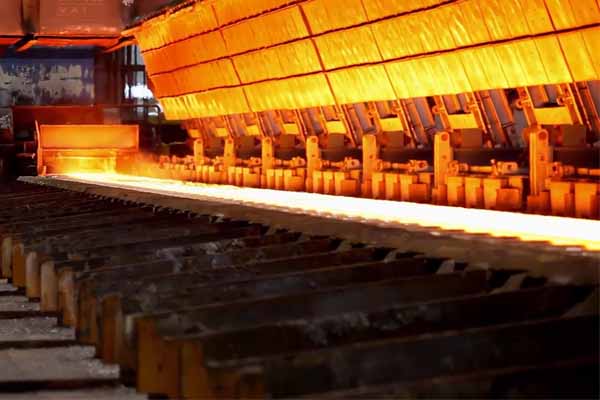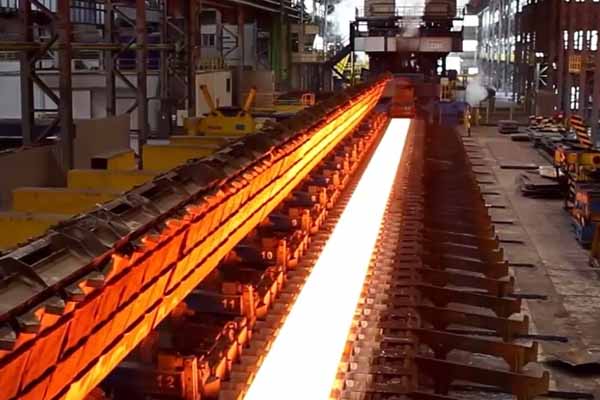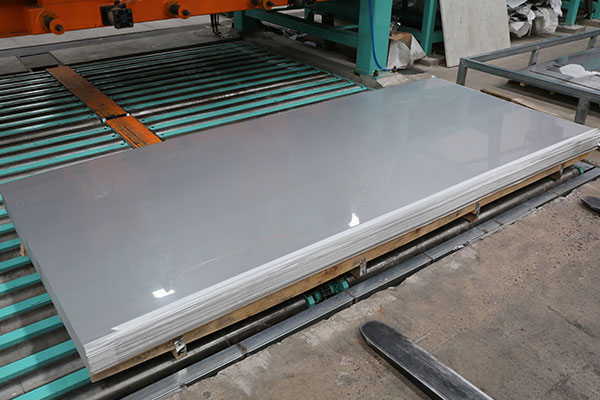Stainless Steel Plate Thickness and Industry Applications
Date:2025-08-20View:399Tags:ss plate factory,ss plate,316 sheet metal
Stainless Steel Plate Thickness and Industry Applications
Stainless steel plates can be categorized by thickness into medium-thick, thick, and extra-thick plates.
Thin plates are generally 4mm thick or less and are widely used in building interior decoration.
Thick plates include 4-25mm and 25-100mm. The former is generally suitable for the manufacture of ordinary metal containers, while the latter is generally used in the fabrication of lightweight machinery and the outer frame structures of lightweight vehicles.
Extra-thick plates are thicker than 100mm and are often used in large-scale engineering projects and heavy machinery manufacturing. For example:
Machinery Manufacturing
Suitable for industrial infrastructure such as chemical equipment, pressure vessels, furnace shells, and furnace plates. For example, pressure vessel steel plates require a certain thickness to withstand corrosion and high-intensity pressure.
Construction Engineering
Used in bridges, building structural supports, and large building components, bridge steel plates require sufficient thickness to withstand high loads and strong impacts.
Shipbuilding Engineering
Hot-rolled stainless steel plates are commonly used in structural components such as ships and containers. They require high compressive and corrosion resistance, and therefore have specific thickness requirements for these structural components.
Nuclear Power and Extreme Environments
Developed specifically for the operating environments of nuclear power facilities, S31603 (JLH) austenitic stainless steel is suitable for liquid hydrogen storage at -269°C. Its specialized materials and specific thickness allow it to maintain excellent toughness even in ultra-low temperature environments.
 English
English Русский
Русский







